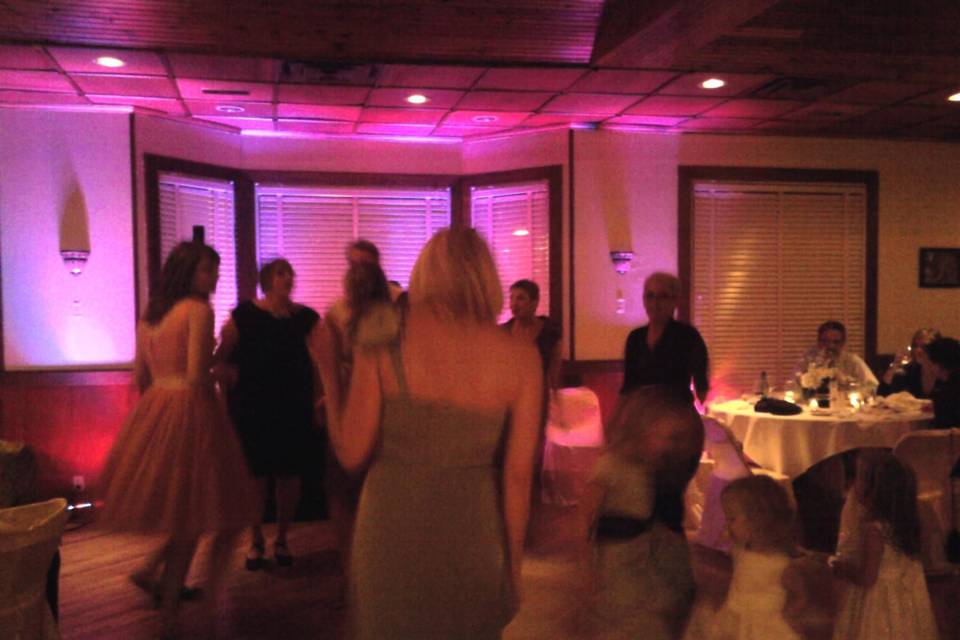Illuminating the Impact of Illumination Methods on the Art of Film Projections Mapping
Motion projection projection is an exciting creative form that merges technology and innovation to transform common spaces into remarkable visual exhibits. This technique entails projecting graphics and videos onto 3D objects, such as structures, artworks, or platforms. One of the most significant elements in creating effective projection is the use of efficient illumination techniques. Proper illumination improves the visual elements of the display and guarantees that the images are crisp and engaging. This piece explores the influence of lighting methods on video projection and how they can enhance the complete encounter.Illumination plays a crucial role in video projection because it establishes the atmosphere and feel of the exhibit. Different lighting techniques can evoke various emotions and responses from the audience. For example, using gentle, warm lights can create a welcoming atmosphere, while vivid, cool illumination may create a more dynamic or dramatic impact. By thoughtfully choosing light colors and intensities, artists can manipulate how viewers perceive the projected visuals, leading to a more engaging encounter. The equilibrium between mapping brightness and ambient light is essential, as it can greatly impact the clarity and effect of the visuals.
In addition, color and intensity, the direction of light also affects the efficacy of mapping. Illumination from different directions can generate shadows and highlights that add dimension to the mapped images. This technique, known as chiaroscuro, can enhance the 3D quality of the subjects being projected. Additionally, using dynamic illumination can add dynamism to the display, making the encounter more involving for the viewers. When the illumination collides with the mapped images, it can produce an illusion of motion and change, grabbing the audience's focus.
Another essential aspect of lighting in projection is the use of special features. Methods such as patterned lighting, which uses patterns and shapes to filter light, can add texture and intricacy to the mapping. This approach enables artists to superimpose visuals and create visually stunning effects that browse around this web-site complement the mapping. Moreover, adding laser lights or light-emitting diode illumination can additionally enhance the exhibit, providing a unique mix of sight components that attract the viewers in. These unique that site effects, when used thoughtfully, can elevate the projection beyond a simple show to an engaging piece of art.
In conclusion, the impact of illumination methods on motion mapping is profound. By understanding how various illumination elements interact with projected images, artists can produce enthralling encounters that connect with audience. The thoughtful choosing of color, intensity, direction, and unique features enables for a vivid tapestry of visual storytelling. As technology continues to evolve, the options for artistic expression in projection will only grow, making lighting an increasingly vital aspect in this progressive art form.
